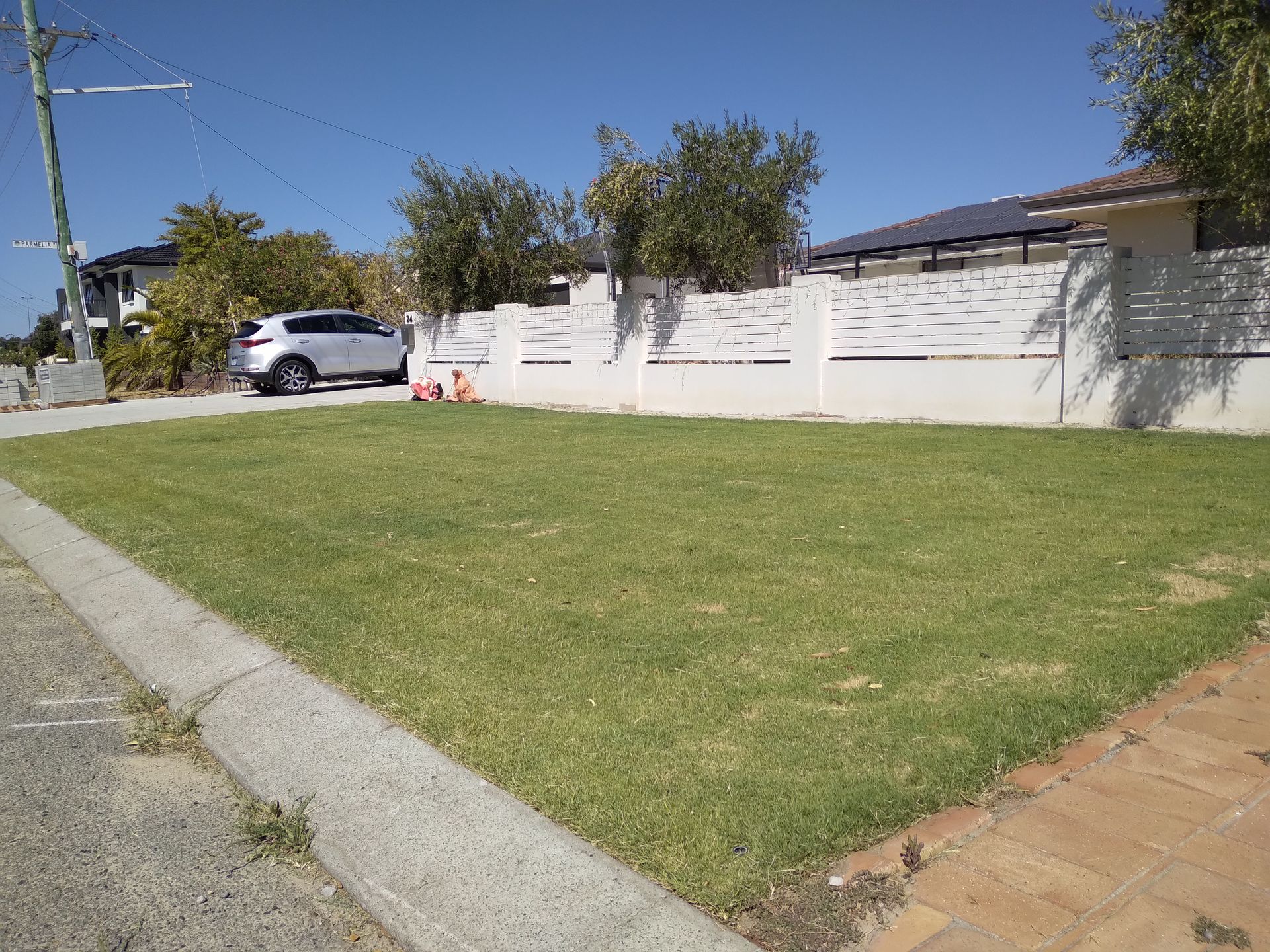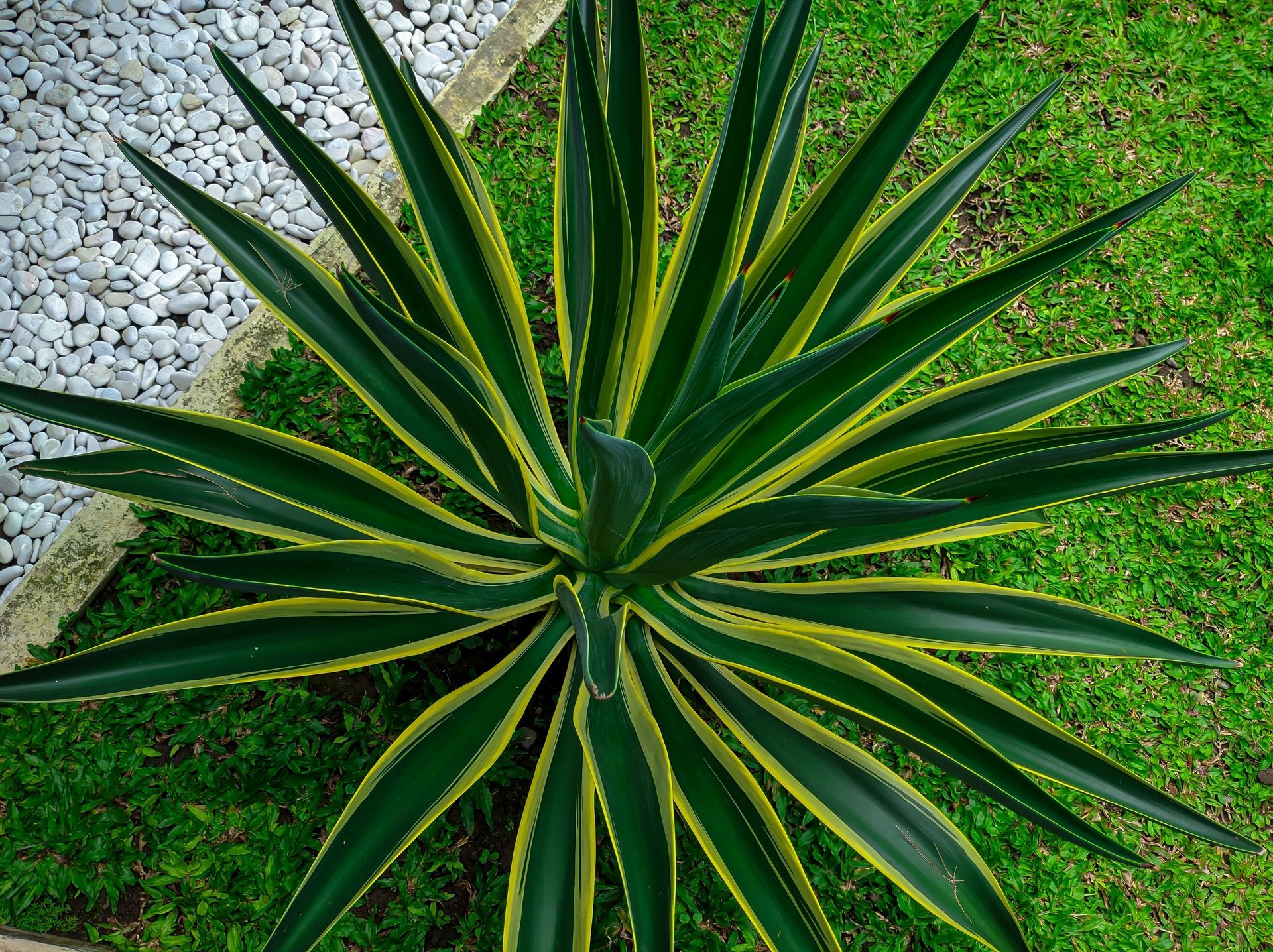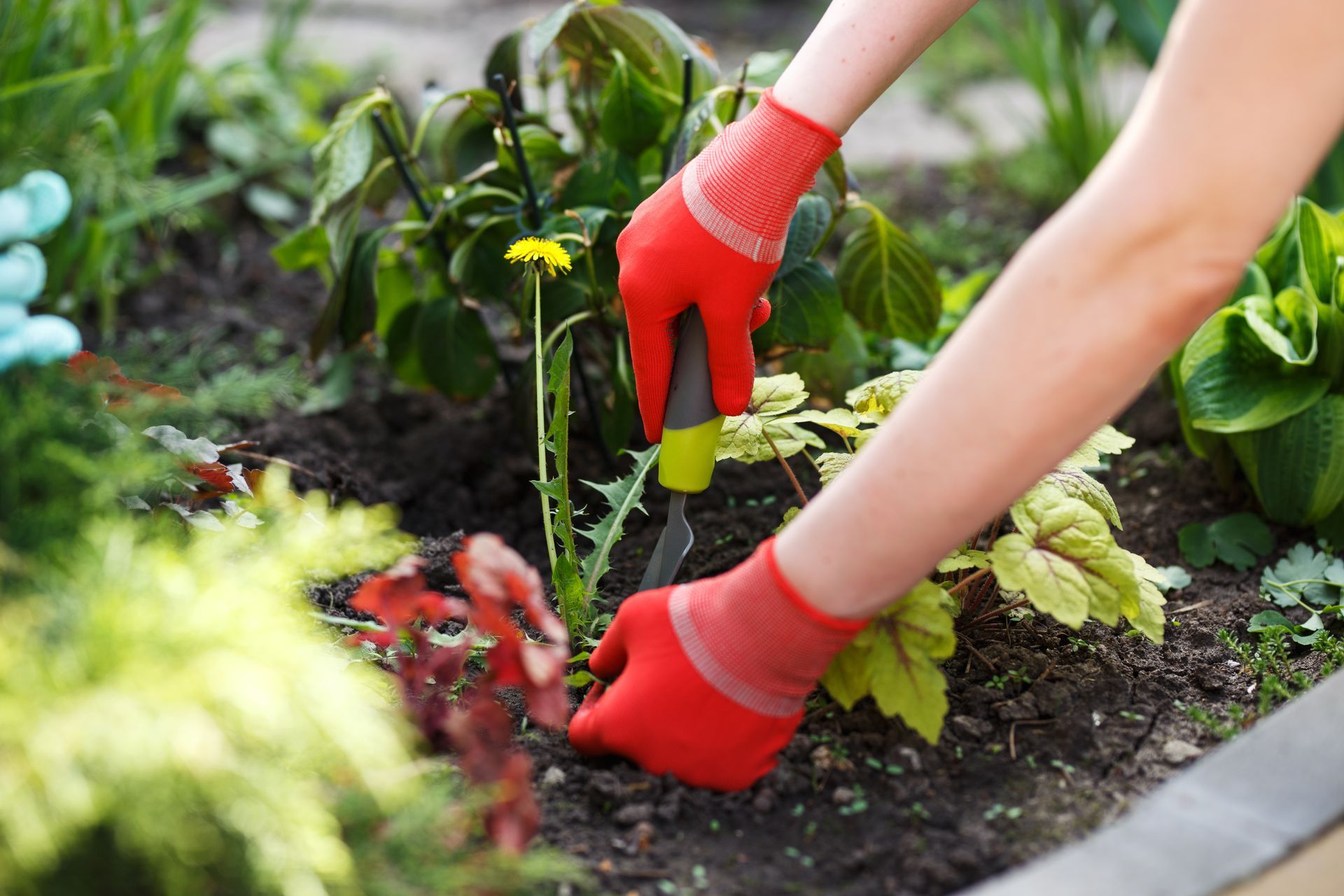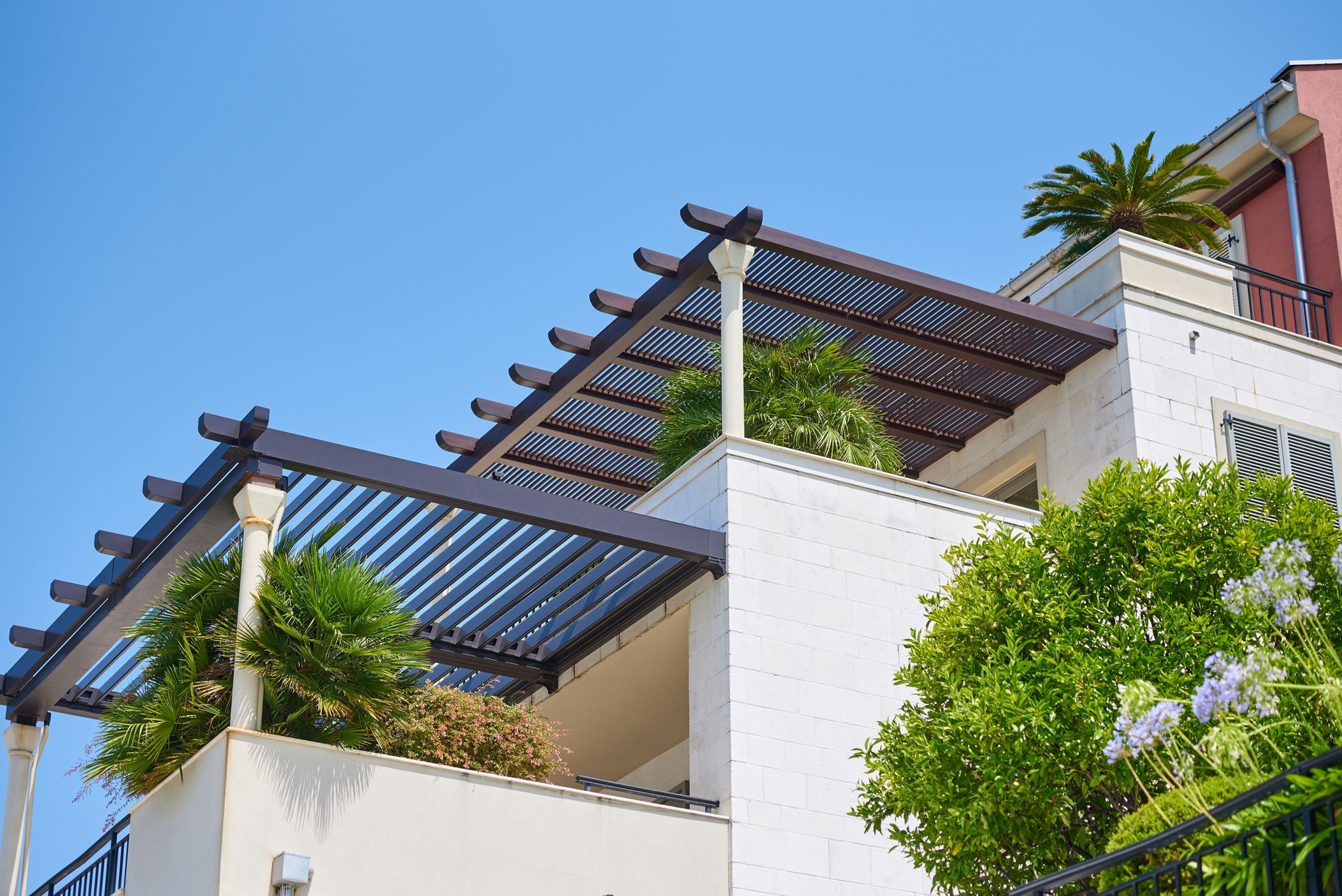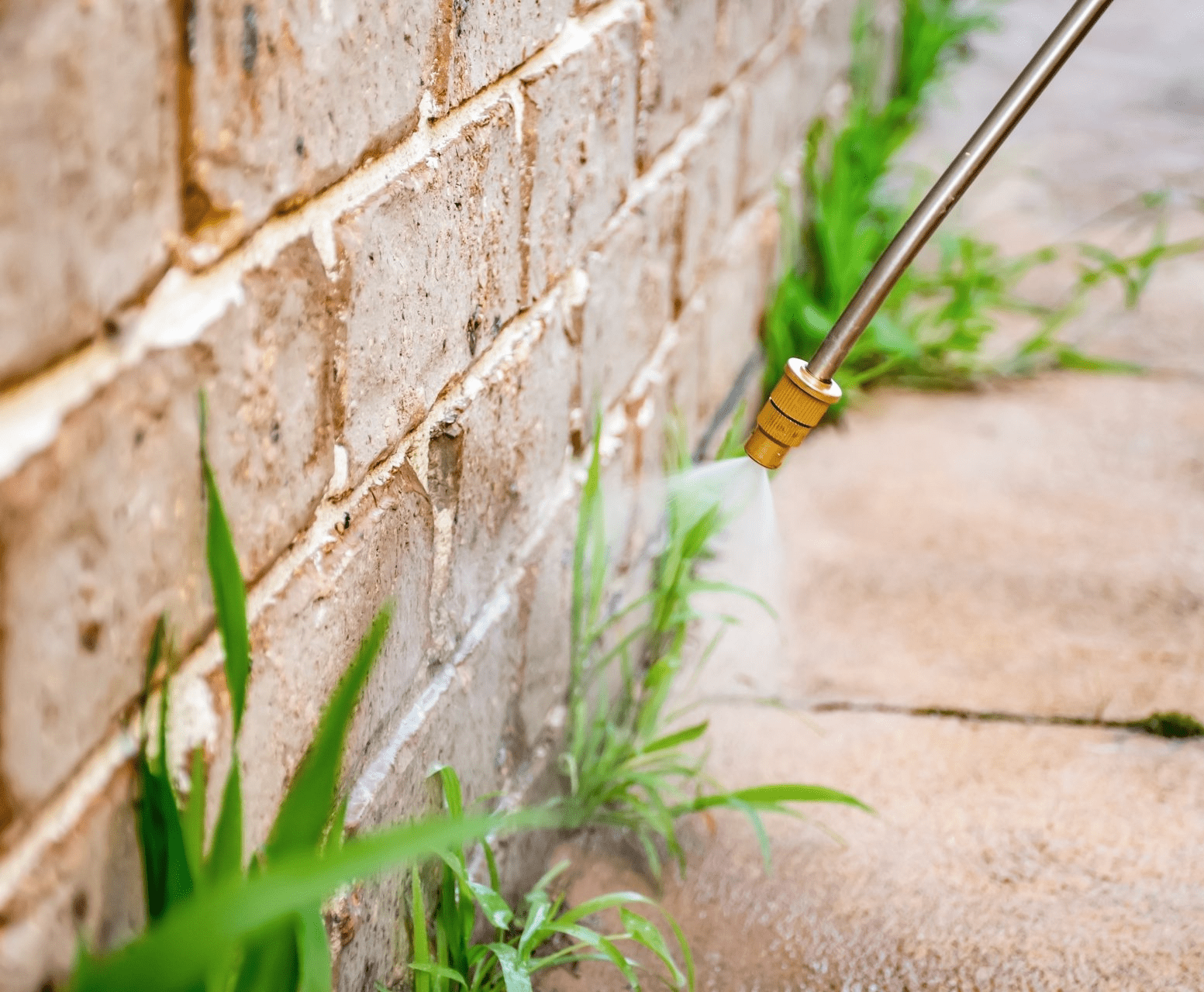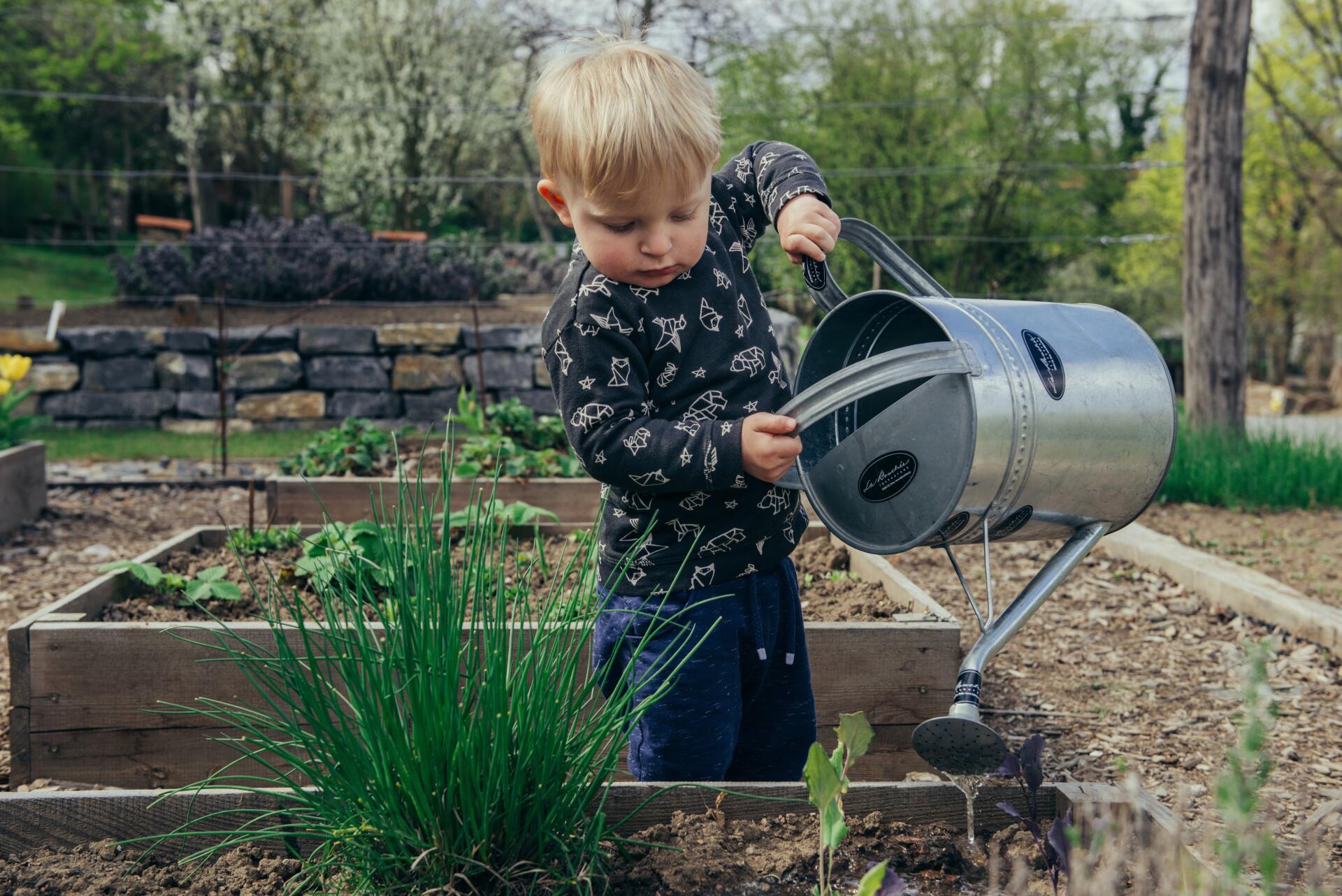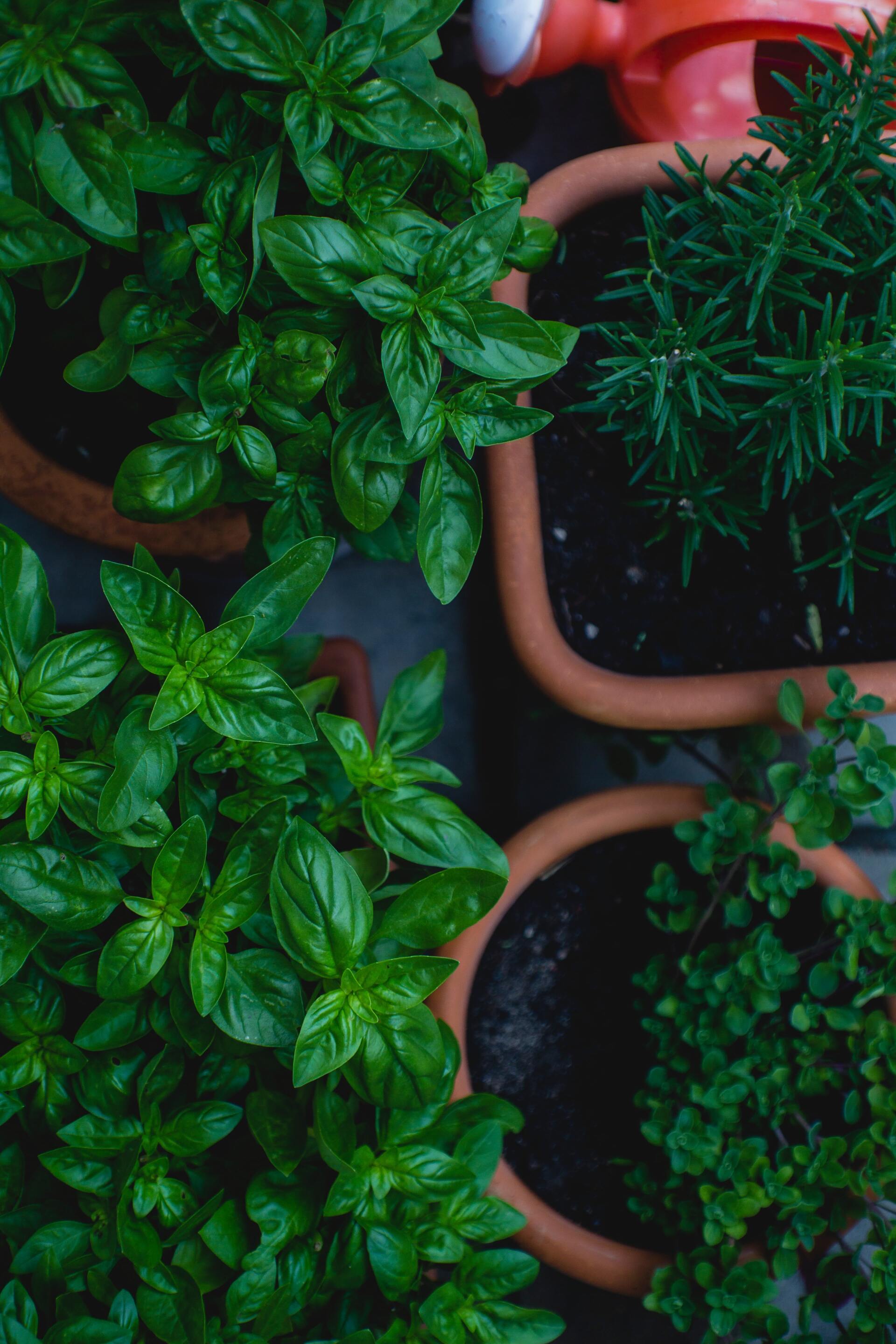The Complete Guide to Pruning Roses in Perth, Western Australia
What is pruning and why is it important for roses?
Pruning is the art of removing dead or dying branches, shoots and leaves from a plant. Pruning can also include the removal of healthy flora to encourage new, fuller growth. Not all bushes and trees require pruning, but most do, and roses especially do.
Maintaining striking roses requires a lot of care and attention, but they can be very rewarding when you take care of them properly. A part of this care involves diligent pruning. Pruning is important for roses because it helps them to grow healthier by reducing (or removing) diseases, encouraging air circulation, and letting in more light. This all helps roots go deeper, which in turn helps the plant become more established, which in turn again encourages plentiful flower production. This is because the plant is focusing its energy on producing beautiful blooms for the next season, rather than trying to “feed” and repair damaged or diseased foliage.
Pruning roses also makes them more attractive by giving them a neat, tidy appearance. An established, unpruned rose bush will still bloom, but will have a messy unkempt appearance with lots of dead material throughout.
The best time to prune roses.
The best time to prune roses depends on the climate you live in. The best time to prune roses in Perth is during winter when roses go into hibernation and naturally stop producing new growth. As a result, roses are less likely to suffer from stress or shock when they’re cut back. This also gives them time to adjust and prepare for the spring-summer season when they’re most active.
The best time to prune roses in Perth is in July.
How much you should prune.
Before we jump into the “how”, let’s talk about “how much”. How much you should take off your roses depends on the type of rose plant you have as well as its age. For example, newly planted and young roses should be only lightly pruned to avoid shocking them to death — you may not need to prune them at all. For older, generally healthy roses, you can experiment with a few different methods (light, moderate, or severe).
After a few seasons, you’ll work out which method your plant enjoys best or what they need most for that specific season.
- A light pruning removes less than a third of the plant. If your rosebush has a nice natural shape, healthy bloom, and little-to-no disease, you have the luxury of being very selective with your cuts. You’re really pruning out of maintenance as opposed to plant health.
- A moderate pruning cuts the plant down to about 60cm high, with about 10 shoots coming from the base. Do this if you want to adjust the branching structure of your plant and help facilitate a different shape. Of course, this will also encourage new growth and better flowering.
- A severe pruning is truly an overhaul and can leave your rose looking a little worse for wear once complete. Don’t be shocked by the plant's now-naked appearance, it’ll thank you for the severe pruning later! Here, you’ll want to take roses down to about 20cm in height with five shoots coming from the base. It’s ideal for very unruly roses or older ones that aren’t performing well. With this method, some varieties may not bloom well right away — this is normal as they may focus on growing new stems instead of flowering.
How to prune roses.
Roses have a reputation for being difficult to prune, and this can seem like an overwhelming task if you’ve never done it before. Don't let their thorns — and sometimes unruly growth — prevent you from giving your rosebushes a good haircut. It’s probably easier than you think, and very satisfying! Once people get the hang of it, many find it to be quite an enjoyable — and even relaxing — activity.
What gear you need to prune roses.
All you need to get prune your roses are a pair of thick gardening gloves, sharp pruning sheers, and a bucket for the pruned material (so you can easily transfer it to your bin).
General rose-pruning tips.
We’re almost at our handy step-by-step rose pruning guide, but here are three things to remember while you’re reading through that.
- Wait until rosebushes are in hibernation. In Perth, this happens in winter, usually towards the end of July.
- All final cuts should be made at a 45-degree angle.
- You don’t need to seal the cuts as roses are wonderful self-healers. However, some Perth gardeners prefer to seal cuts with a dab of white glue to help prevent diseases and pest problems, such as rose cane borers. This is only really necessary if you have a garden prone to pests.
A step-by-step guide to pruning Perth roses.
- Start by removing dead branches and canes. Cut back to live wood, which usually looks green on the outside.
- Remove “woody growth”. This growth may not be dead or dying, but isn’t giving you much foliage either.
- Prune diseased or damaged branches back to live wood. Diseased branches might look scraggly, weak, be overly bendy, or have foliage with spots, discolouration, or bug tracks/bites in them.
- Clip away any branches that cross through the centre of the plant — you want to encourage roses to grow outwards, not inwards.
- Remove any growth that is simply thinner or weaker than the rest. This will encourage the rose to focus on already strong branches.
- If any remaining branches rub against each other, cut away the smaller ones.
- Lastly, finish up the pruning by shaping the rosebush to your liking. You can shape it however you like, but shaping the top of the plant into more of a dome (as opposed to a flat top) will help the plant flower from top to bottom.
When in doubt, leave it to a professional Perth gardener.
Even if you know what to do, rose pruning still isn’t top of the priority list for a lot of people. In any case, it’s unlikely that the only gardening you have to do is rose pruning — there’s probably weeding, mulching, lawn care, and more. Sounds like you need Two Gloves...


